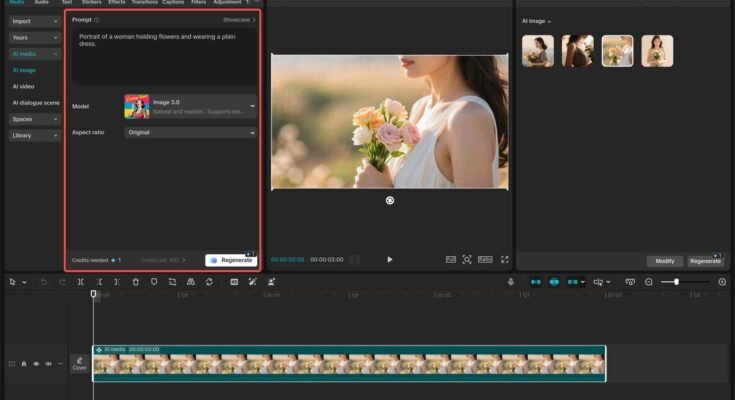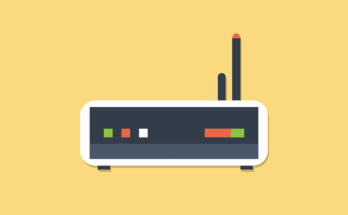Photography has always been about capturing moments and telling stories through images. From film cameras to today’s smartphones, the way we create pictures has changed a lot. But now, another revolution is happening—artificial intelligence (AI) is shaping the future of photography in ways we never imagined.
AI is not only helping us take better photos but also making it possible to create completely new images without even pressing a shutter button. Tools like an AI image generator are giving artists, photographers, and everyday users new ways to bring ideas to life.
The Evolution of Photography
From Film to Digital
In the beginning, photographers used film rolls and spent hours in darkrooms developing their pictures. It was a slow and careful process. The digital camera changed everything, making photography faster and easier. Suddenly, anyone could take hundreds of pictures and store them on a memory card.
The Smartphone Era
Smartphones pushed this change even further. With built-in cameras, editing apps, and filters, photography became part of our everyday lives. Social media platforms like Instagram and TikTok made it possible for people to share their creativity instantly with the world.
The Rise of AI
Now we are entering the AI era. Cameras and editing apps are smarter than ever. They can recognize faces, improve colors, and even replace backgrounds with a single click. But AI is going beyond simple photo editing—it is now creating images from scratch.
How AI Is Used in Photography Today
Smarter Cameras
Many modern cameras and phones use AI to improve photo quality automatically. They detect whether you are taking a picture of food, a landscape, or a portrait and adjust the settings for the best results.
AI Editing Tools
Editing apps now use AI to save time. Instead of spending hours on Photoshop, you can remove unwanted objects, enhance lighting, or smooth skin instantly with AI-powered tools.
Accessibility for All
AI tools make photography easier for beginners too. Even people who don’t know much about photography can create professional-looking results with just a few taps.
The Rise of AI-Generated Images
What Is an AI Image Generator?
An AI image generator is a tool that creates pictures using text prompts or reference photos. Instead of taking a photo with a camera, you simply describe the scene you want, and the AI creates it for you.
Why Is It Popular?
- Marketers can create product images quickly.
- Artists can bring their creative ideas to life.
- Social media users can make unique content.
But this also raises questions about originality and ownership. If a machine creates the image, who is the real artist?
AI Avatars and Personalization
Another exciting development is the rise of CapCut’s AI avatar. These are digital versions of people created with AI. They can look realistic, cartoonish, or completely imaginative.
How Are AI Avatars Used?
- Social Media: Influencers create fun avatars to engage their followers.
- Branding: Professionals use avatars as profile pictures or digital assistants.
- Entertainment: Gamers and creators build avatars for virtual worlds.
Why It Matters
AI avatars allow people to represent themselves in new ways online. They are not just fun images—they are also part of our identity in the digital world.
Creative Possibilities With AI and Photography
New Forms of Art
AI makes it possible to mix photography with painting, 3D art, and even animation. Artists can combine styles and create images that were once impossible.
Storytelling
Journalists and creators can use AI to tell stories visually, even when photos are not available. For example, an AI can recreate historical scenes or visualize future events.
Exhibitions and Campaigns
Brands and art galleries are already experimenting with AI-driven images for marketing and exhibitions. This opens up new opportunities for creative expression.
How to Use CapCut’s AI Image Generator (Desktop Version)
CapCut offers one of the most user-friendly AI image tools. Here’s how you can use it on desktop:
Step 1: Describe your vision
Open CapCut and go to “AI media” > “AI image”. Type a detailed description of what you want, or upload a sample image as a reference.
Step 2: Select a model and aspect ratio
Choose from models like General V3, General XL, or Image F1.0 Pro depending on the level of detail you want. Then, pick the aspect ratio for your platform (for example, 9:16 for TikTok or 16:9 for YouTube).
Step 3: Generate and refine
Click “Generate” and let CapCut’s AI create the image. Then use editing tools like color correction, background replacement, or AI upscaling to polish your result. Finally, click on the Export button and download your newly generated AI images.
The Future of AI and Photography
Photographers as Creative Directors
In the future, photographers may focus less on clicking a camera and more on directing AI tools. They will guide the vision, while AI handles the technical details.
Personalized Photoshoots Without Cameras
Imagine asking AI to create a family portrait or a professional headshot without gathering everyone in a studio. This could save time and money while offering unlimited creative options.
Challenges Ahead
- Authenticity: How will we know if an image is real or AI-generated?
- Copyright: Who owns AI-created work?
- Trust: With deepfakes becoming common, people may question whether photos are genuine.
Conclusion
AI and photography are coming together to change how we see and create images. From smart cameras to full image generation, the possibilities are endless. Tools like CapCut’s AI image generator make it simple for anyone to create stunning visuals. Meanwhile, AI avatars are reshaping digital identity in creative ways.
The future of photography is not just about capturing moments—it’s about creating them. By combining human imagination with AI power, we are entering an exciting new era of image creation.




